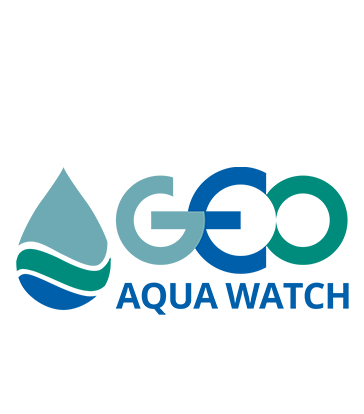JMSE Special Issue: New Frontiers in Ocean Color Remote Sensing
Manuscripts due: February 20, 2022
The purpose of this Special Issue is to collect papers that are on the cutting-edge of these advancements and that fall under the collective rubric of ocean color remote sensing. This Special Issue encourages submissions from all aspects, technologies, and methods that involve the detection, analysis, and use of visible-band water radiance from the surface oceans. However, we are particularly encouraging submissions from the following areas:
(1) New sensors and platforms: the microsatellite trend is disrupting the traditionally dedicated ocean color sensor/satellite mission paradigm. Hundreds of low-cost and low-weight orbiting platforms host sensors collecting near-continuous visible-band data from the surface of the oceans. This call encourages submissions that utilize the “smallsat” data to improve scientific exploration and ocean monitoring.
(2) Sensor fusion: we now have a constellation of satellite-based and ocean-viewing radiometers collecting visible-band information in conjunction with smaller satellite platforms. How should these different data streams be blended or combined into new products? Can these data streams be merged with other data types to provide synoptic summary information about the physics, optics, and biogeochemistry of the surface oceans? This call seeks papers that provide new directions for the application and blending of ocean color information into analysis products.
(3) With the hyperspectral NASA PACE mission on the horizon, there is now a need for new algorithms and new applications for hyperspectral ocean color data. What new techniques for data processing, atmospheric correction, and inversion algorithms are poised to take advantage of the looming wealth of spectral information?
(4) Novel Applications: Data Assimilation—With multiple ocean color sensors providing daily global coverage—how can these data be used to improve ocean models or coupled biogeochemical ocean models?
(5) Pushing the resolution envelope—we encourage the submission of papers that exploit higher spatial and temporal resolutions to study and monitor the oceans at new time/space scales and examine new phenomena.
(6) Novel Applications—what is next? This call is not limited to the above bulleted points. Any paper that provides a novel method or application in the general field of ocean color remote sensing is strongly encouraged.
Dr. Jason Keith Jolliff Jason.Jolliff@nrlssc.navy.mil.
Guest Editor
